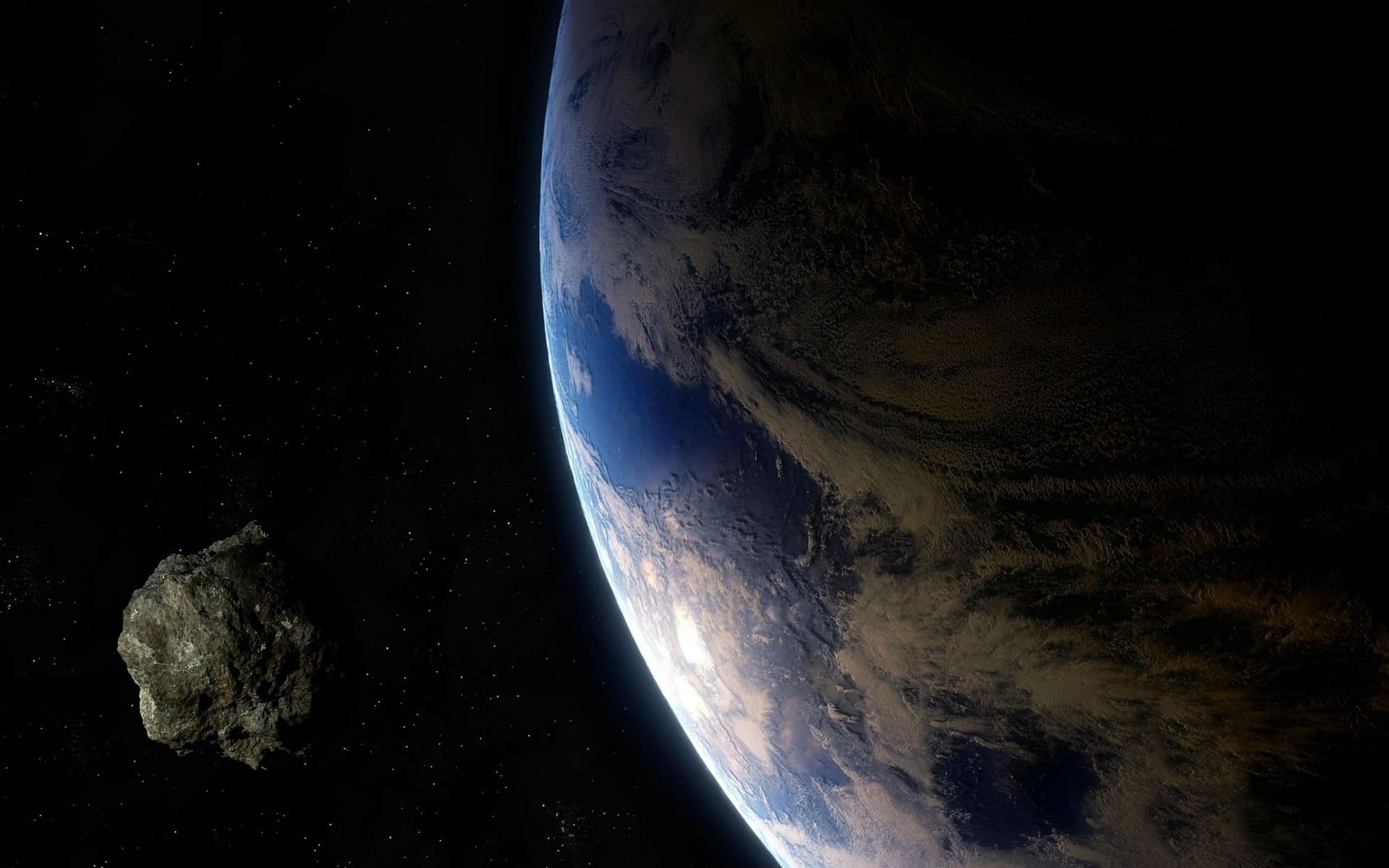
University of Washington (UW) DiRAC Institute scientists have successfully used a new detection algorithm to find a “potentially hazardous” asteroid. The discovery validates the algorithm’s potential to detect near-Earth asteroids. This could enable astronauts to detect asteroids with greater efficiency and fewer observations than conventional methods.
Humans and algorithms versus asteroids
The algorithm, dubbed HelioLinc3D, found an asteroid roughly 600 feet (183 meters) long. The asteroid, named 2022 SF289, was discovered during a test run with the ATLAS survey in Hawaii.
“By demonstrating the real-world effectiveness of the software that Rubin will use to look for thousands of yet-unknown potentially hazardous asteroids, the discovery of 2022 SF289 makes us all safer,” said Rubin scientist Ari Heinze, the principal developer of HelioLinc3D and a researcher at UW.
The algorithm will be used with the upcoming 10-year night sky survey by the Chilean Vera C. Rubin Observatory. The observatory will greatly enhance our solar system maps
Near-Earth objects (NEOs) orbit the sun in relatively close proximity to Earth. NEOs that get within 20 times the distance from Earth to the Moon are considered “potentially hazardous asteroids” (PHAs). The term could be misleading. By “potentially hazardous,” astronomers simply mean that there’s a non-zero chance that it could one day hit Earth, so it’s worth keeping an eye on. Just to be clear, Earthlings are in no immediate danger of going the way of the dinosaurs.
In fact, as NASA explains, there’s no known asteroid risk that will affect the Earth over the next 100 years. The highest risk of impact for a known asteroid is a 1 in 714 chance — that’s less than 0.2% odds. But there could be other asteroids we don’t know about yet.
To look for unknown PHAs, astronomers use specialized telescope systems like the one at the University of Hawaii’s Institute for Astronomy, for example. Scientists take a series of sky images nightly, focusing on specific regions where asteroids are most likely to be found. About 2,350 PHAs have been found using this method so far, but researchers expect there to be many more.
The Rubin Observatory’s 8.4-meter mirror and massive 3,200-megapixel camera are expected to increase the discovery rate of PHAs significantly. Instead of the four-times-a-night scan required by conventional telescopes, the Rubin observatory with its larger mirror and camera will only have to monitor the sky twice each night. The observatory was actually so powerful, a new discovery algorithm was needed to take full advantage of this rapid observation “cadence,” prompting the creation of HelioLinc3D.
We still don’t know many potentially hazardous asteroids
On July 18, algorithm data from the ATLAS survey discovered 2022 SF289 spiraling through space 13 million miles from Earth. ATLAS had observed this asteroid three times on separate nights, but never the requisite four times on one night to be identified as a new NEO.
“Any survey will have difficulty discovering objects like 2022 SF289 that are near its sensitivity limit, but HelioLinc3D shows that it is possible to recover these faint objects as long as they are visible over several nights,” said Denneau. “This in effect gives us a ‘bigger, better’ telescope.”
Other surveys had also missed 2022 SF289, due to the rich starfields of the Milky Way blocking it out. But now knowing where to look, additional observations from Pan-STARRS and Catalina Sky Survey quickly confirmed the discovery. The team used B612 Asteroid Institute’s ADAM platform to recover further unrecognized observations by the Zwicky Transient Facility telescope.
While the asteroid is classified as an Apollo-type NEO, coming as close to Earth’s orbit as 140,000 miles (closer than the moon), it poses no threat to Earth. Although 2,350 PHAs have been discovered so far, scientists believe there are still more than 3,000 out there yet to be found.


